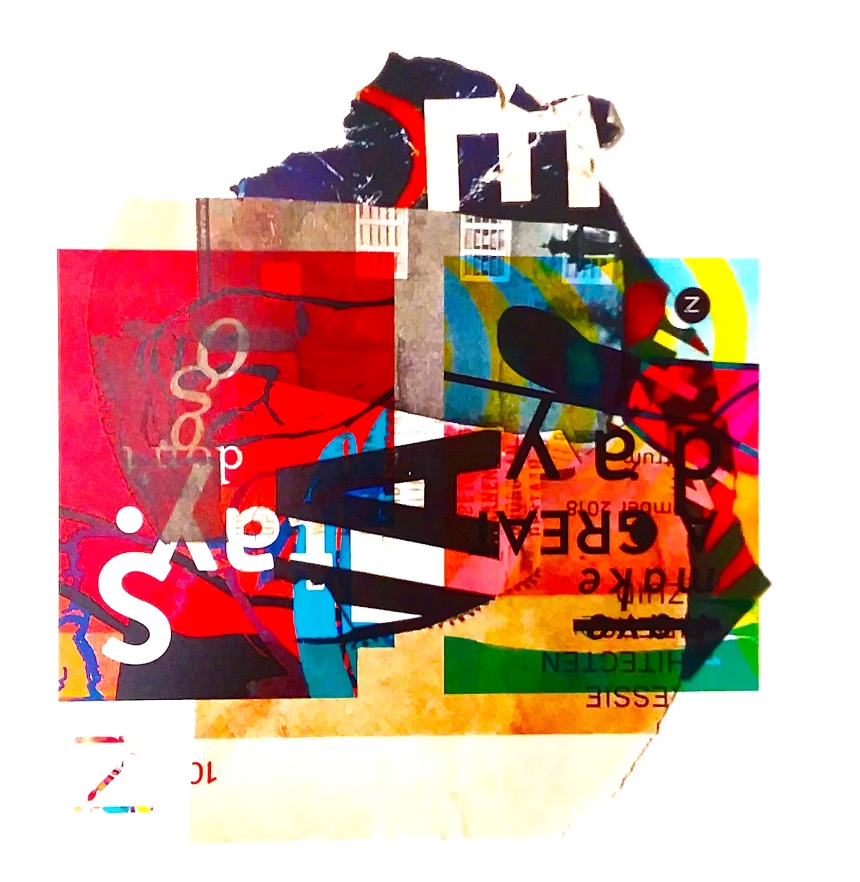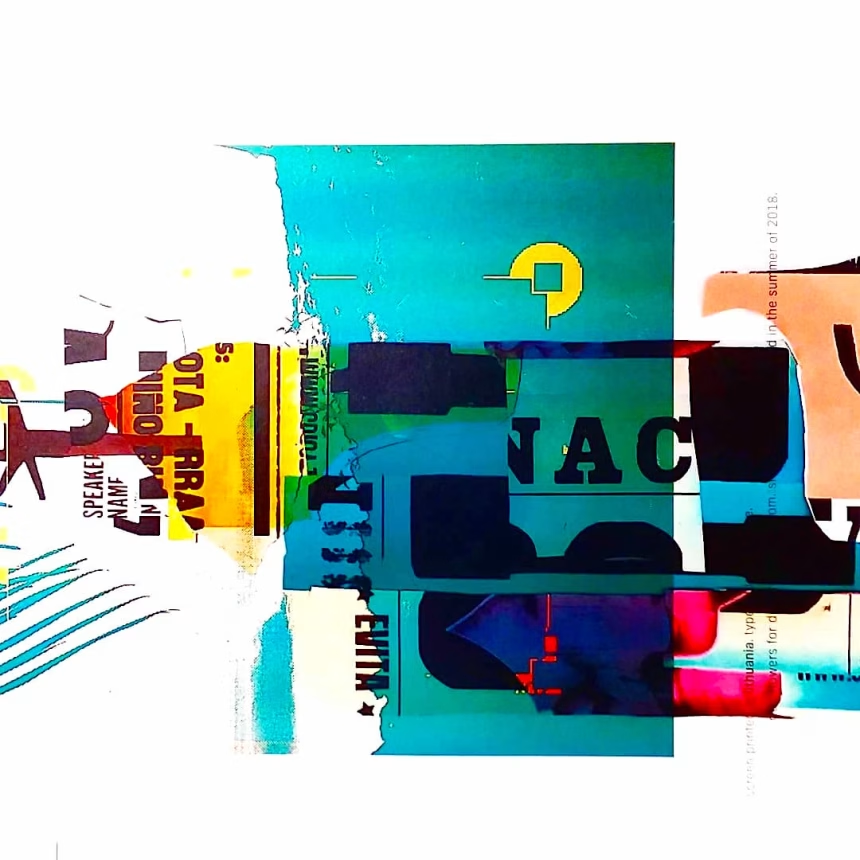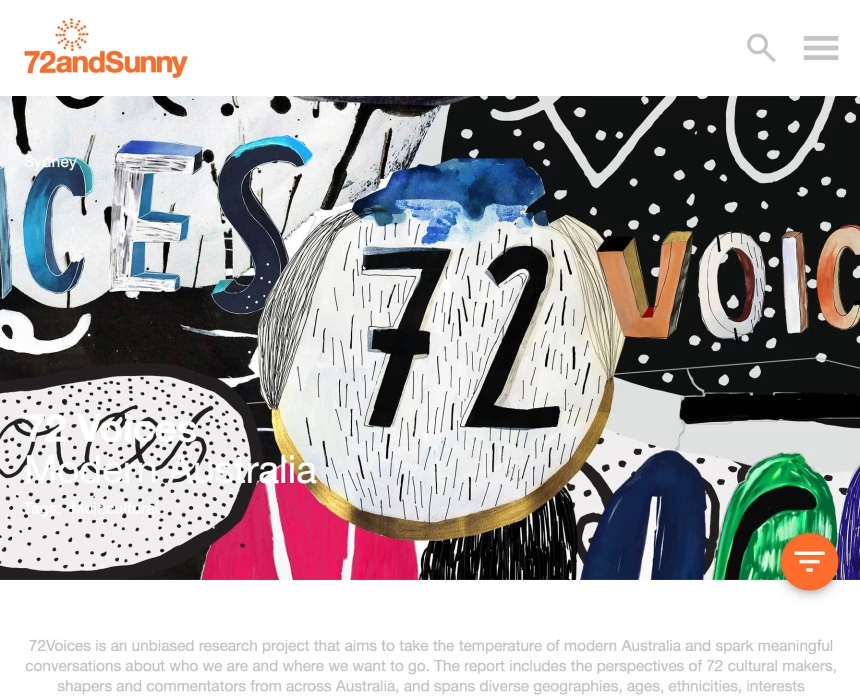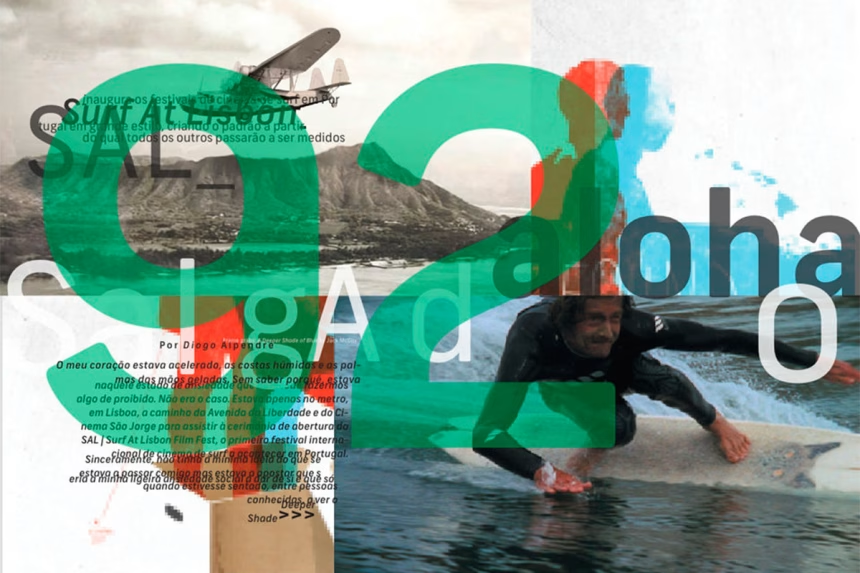David Carson is a name that stands out in the world of graphic design. Known for breaking conventional rules and redefining visual communication, Carson’s style is a landmark in modern design.
His innovative approach has left a lasting impact on how we perceive layout, typography, and creativity in graphic design, making him an icon for both aspiring and established designers.
Early Life and Beginnings in Graphic Design
Born in Corpus Christi, Texas, in 1954, David Carson’s journey into graphic design wasn’t a traditional one. He earned a degree in sociology from San Diego State University and initially pursued a career as a high school teacher.
Surprisingly, Carson also had a stint as a professional surfer, ranking ninth in the world at one point. These experiences, particularly his interest in sociology, deeply influenced his creative outlook, offering him a unique perspective on communication and culture.
Transition to Graphic Design
Carson didn’t discover graphic design until later in life. A two-week design course at the University of Arizona introduced him to the field, sparking what would become a trailblazing career.
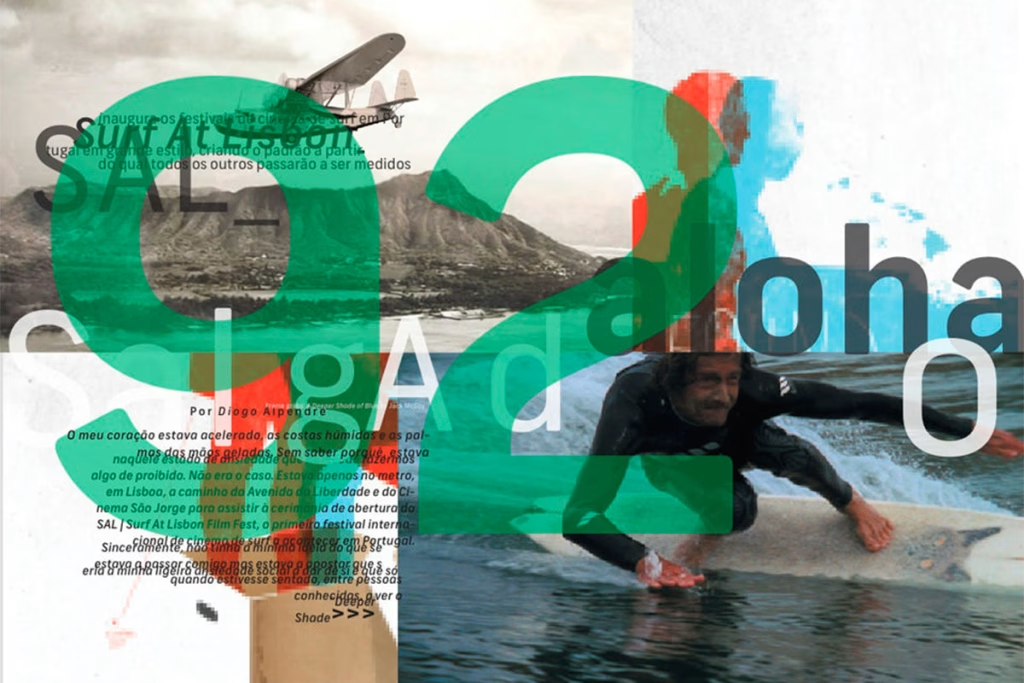
He started working on niche projects, including designing for skateboarding and surfing magazines, which allowed him to experiment freely with visuals and typography.
This unconventional beginning helped Carson refine a style that would challenge the established norms of graphic design.
Explore 10 Most Exciting Graphic Design Trends to Watch in 2025
Carson’s Signature Style and Impact
David Carson’s work is often described as bold, chaotic, and unapologetically experimental. He redefined typography by treating it as a visual element rather than just text to be read.
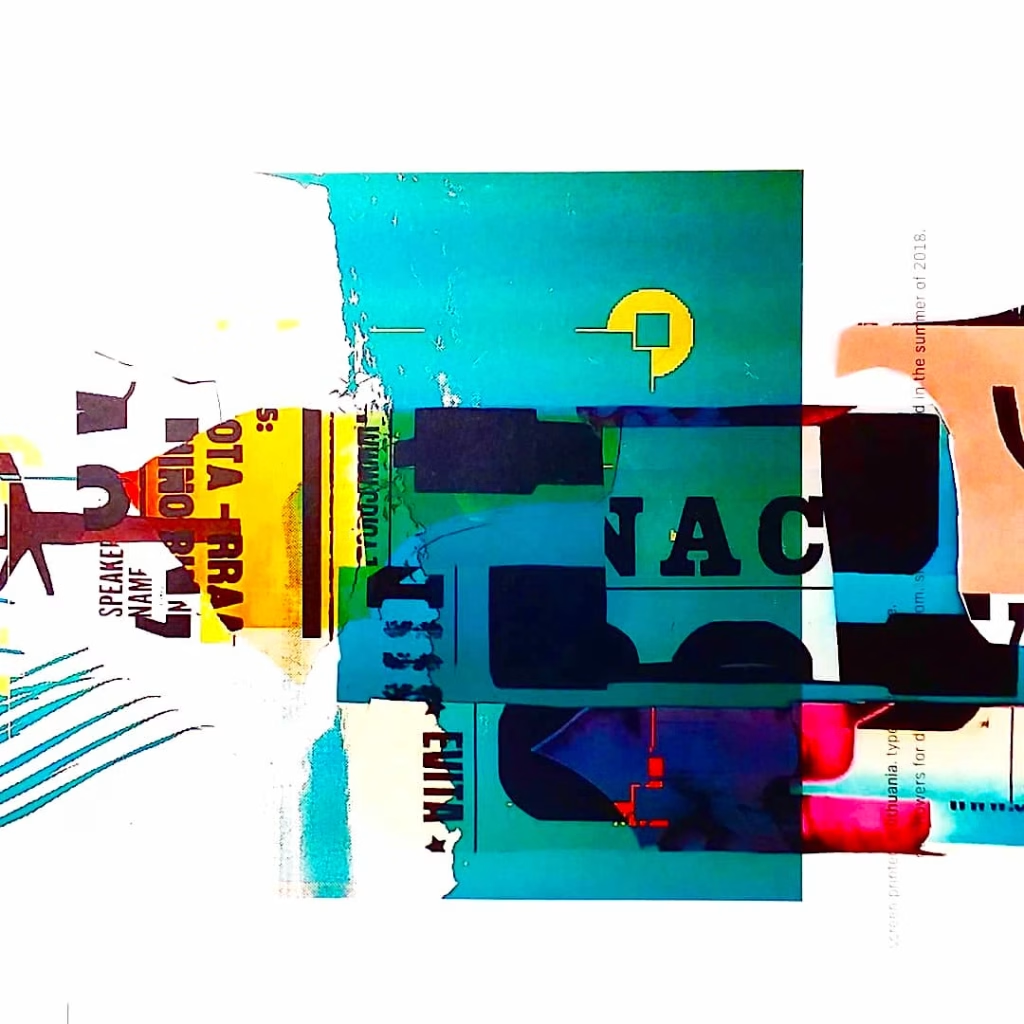


Carson manipulated fonts, distorted letters, and layered text in unconventional ways, creating designs that were more about provoking emotion than adhering to strict readability.
Check Out His Full Portfolio Here.
His layouts often ignored traditional grids and order. Instead, they embraced asymmetry and imbalance, which gave his work a raw, organic feel. Inspired partly by abstract expressionism, David Carson infused his designs with imperfection and spontaneity.
This made his work stand out, not just in the ‘90s but in design history as a whole.
Key Contributions to Design
Carson’s work with Ray Gun, an alternative music and lifestyle magazine, put his experimental approach in the spotlight. As art director, he transformed Ray Gun into a cultural phenomenon, setting a new benchmark for what magazine design could be.
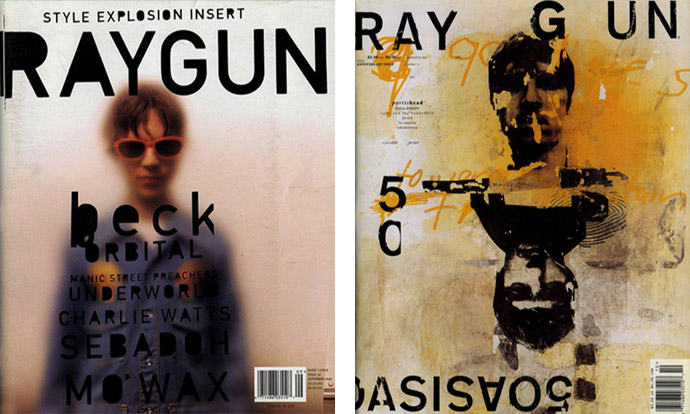
His decision to feature unorthodox layouts and unpredictable typography shocked some but captivated many.
Another significant milestone in Carson’s career is his book The End of Print. Co-authored with Lewis Blackwell, this book is considered one of the most influential graphic design books of all time. It showcases Carson’s groundbreaking work and philosophy, inspiring a new generation of designers to think differently.
👉 Get The End of Print: The Grafik Design of David Carson
Recognition and Criticism
Carson’s rebellious style has earned him numerous accolades, including the prestigious AIGA Medal, which celebrates exceptional achievements in design.
However, his work hasn’t been without criticism. Some designers and critics argued that Carson’s emphasis on emotional impact often came at the expense of clarity and function. Yet, this very disruption is what makes his work revolutionary—he proved that design doesn’t always have to follow the rules.
Explore 10 Most Exciting Graphic Design Trends to Watch in 2025
Highlights from Carson’s Career
Notable Works and Publications
Much of Carson’s legacy is tied to his publications. Beyond Ray Gun and The End of Print, his books Second Sight and Fotografiks also offer insight into his creative process.
📚 Grab David Carson’s Second Sight and Fotografiks Today!
His work is steeped in meaning, often using visuals to challenge the audience’s understanding of communication and storytelling.
Corporate Collaborations and Projects
Carson’s influence isn’t limited to magazine and book design. He has worked with high-profile brands such as Nike, Pepsi, Ray-Ban, and Microsoft. These collaborations allowed him to bring his experimental mindset into mainstream advertising and design, proving that bold creativity could also have commercial appeal.
Establishing His Design Firm
In 1995, David Carson established David Carson Design, Inc., with offices in Del Mar, California, and Zurich, Switzerland. Through his firm, he expanded his reach to clients worldwide, showcasing his ability to balance experimentation with professional execution.
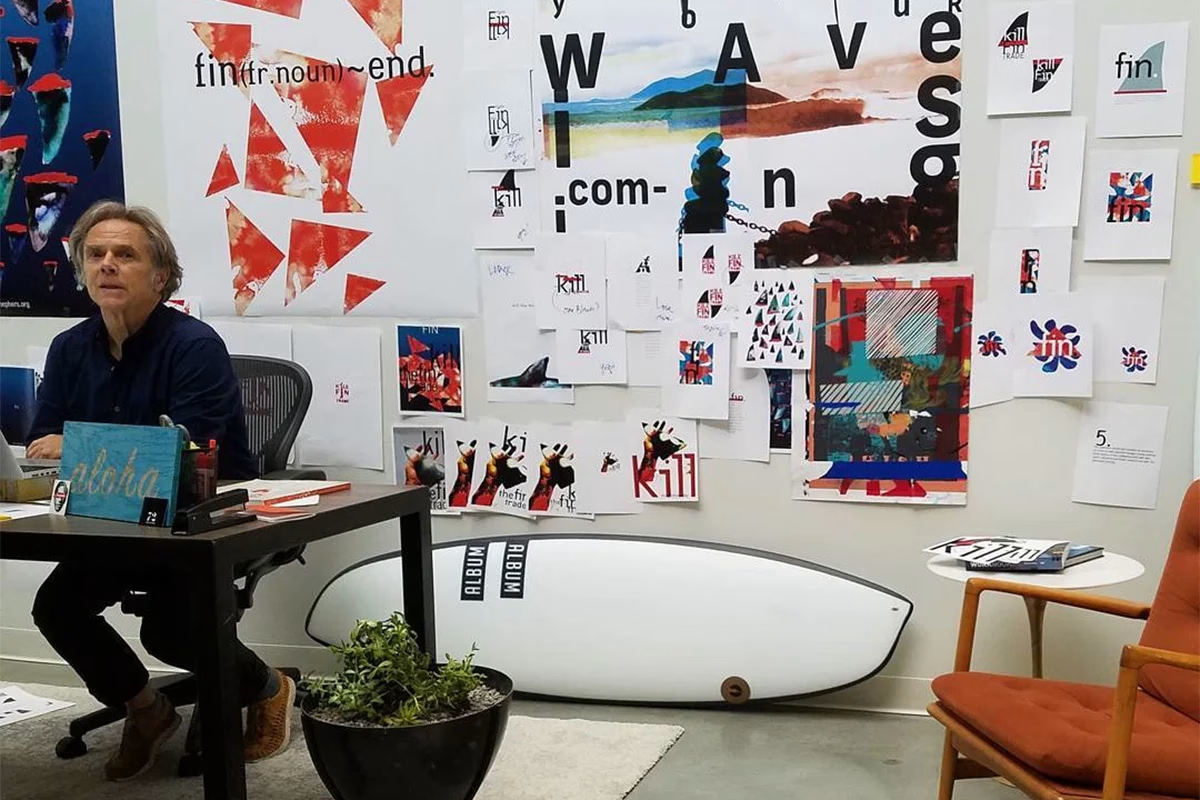
Carson’s firm has collaborated with musicians, filmmakers, and brands, pushing the boundaries of what design can achieve.
Legacy and Continued Influence
Influence on Contemporary Designers
David Carson’s work continues to inspire designers across the globe. His willingness to break the rules showed that design is as much about self-expression as it is about communication.
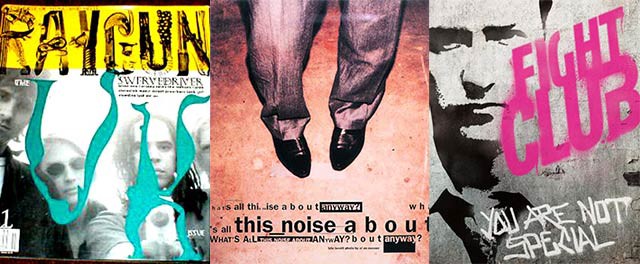
Many contemporary trends in graphic design, such as the rise of “grunge” and personalized aesthetics, can be traced back to Carson’s groundbreaking contributions.
Philosophy and Approach to Design
At the core of Carson’s work is an intuitive, experimental approach. He doesn’t follow a formula or rigid structure. Instead, he views design as a conversation—something dynamic and fluid.
For him, the emotional response to a design matters more than its readability or adherence to tradition. This mindset has encouraged countless designers to take risks and focus on the emotional and artistic potential of their work.
Conclusion
David Carson reshaped the graphic design industry by showing that rules are made to be questioned. His style, characterized by unconventional typography and chaotic compositions, created a fresh visual language that continues to inspire.
As both a pioneer and a mentor, Carson’s influence remains undeniable. His work serves as a testament to the power of creativity and the importance of staying true to one’s vision.
For anyone interested in graphic design, Carson’s legacy is a masterclass in pushing boundaries and embracing the unexpected.
Explore 10 Most Exciting Graphic Design Trends to Watch in 2025

